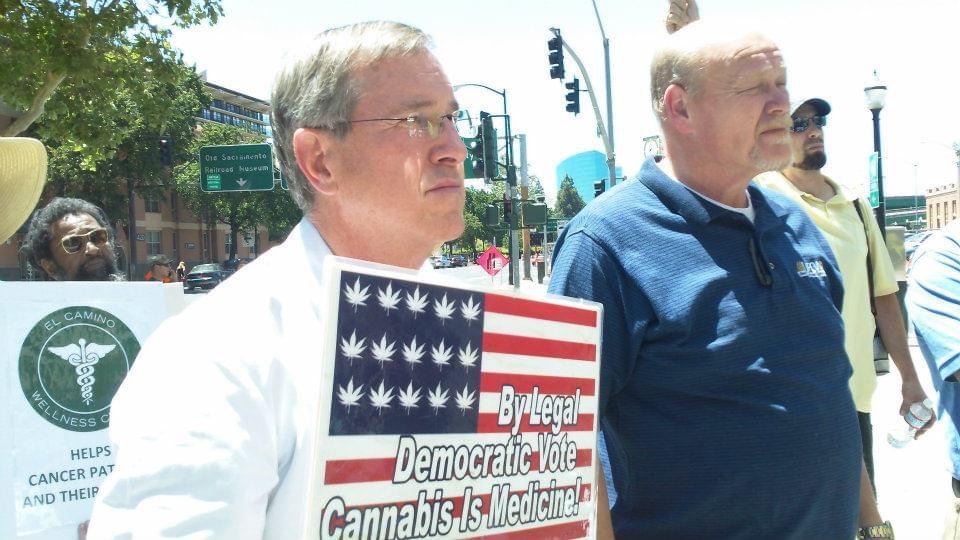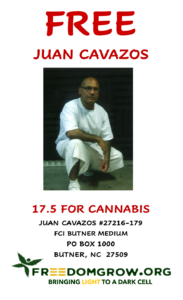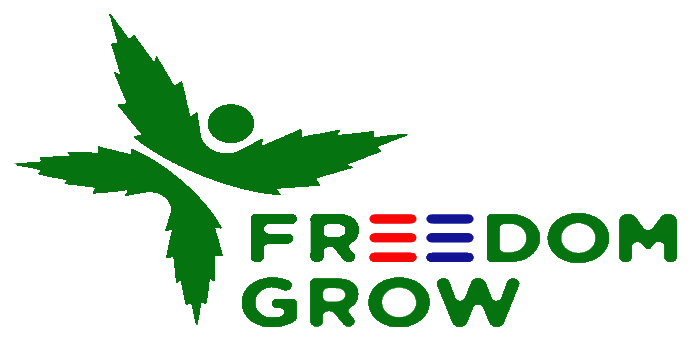“FIRST ENTRY”
By Dr. David Allen
A true story;
I was Chief Cardiovascular Surgical Resident at Harper Hospital in Detroit Michigan. I was on call when the Chief General Surgical Resident paged me. I returned the page and called the Detroit Receiving Hospitals operating room on speakerphone. The Chief General Surgical Resident spoke from the operating table and said he had the right chest open on an 18-year-old male at Detroit Receiving Hospital. (A major trauma hospital in Detroit) The boy had been shot in a drive-by shooting and the bullet passed through a closed front door and had entered the 18 y/o right chest! The Chief Surgical resident was doing a right posterior lateral thoracotomy. (Cut open the right chest cavity) the resident said they couldn’t find the bullet on exploration of the right chest. He said they brought in a fluoroscope (an X-ray machine for intraoperative X-rays) This is sometimes referred to as C arm fluro which is draped in sterile covering to not contaminate the operation. The Chief Resident said “hey we think the bullet went through the lung and is in the heart” We see it moving with each heartbeat on X-ray fluro. I called my Attending Surgeon and the Perfusionist and said “Time to operate!” The three sister hospitals in Detroit were Harper Hospital, Detroit Recieving, and Children’s Hospital. These three hospitals were all connected by a large underground tunnel that conjoined all three medical facilities together. This was because of the hard winters in Detroit that limited traffic over the frozen tundra.The Perfusionist from Psycor (a perfusion company) and I pushed the bypass pump and sterile tubbing packs thru the tunnel from Harper Hospital (where we had a cardiac bypass program) to Detroit Receiving. (No perfusion pump or equipment there); We entered the operating room like the cavalry and set up the bypass pump. We had to reposition the patient on the operating table to enter the chest through the sternum. This required closing the right chest cavity, rotating the patient flat on his back from the previous position. (that exposed his right chest.) My Attending CV surgeon had not arrived so I began the operation without him. I did a midline sternotomy and opened the pericardium. I did an exploratory of the entire pericardial cavity with my gloved hand, looking by feel behind the heart for the bullet. (This procedure of lifting the heart for an explanation, drops the blood pressure in any patient but more troublesome for a compromised patient) No bullet was found, so I brought in the C arm fluoroscope and did an Intra-operative x-ray of the heart, and indeed, the bullet was moving with each beat of the heart. The bullet was indeed in the muscle of the heart! We heparinized the patient to prevent blood clotting on bypass. I double cannulated the right atrium with two large venous cannula, one going upwards into the super vena cava and one in the inferior vena cava (the two largest of veins that empty directly into the right atrium of the heart) These two large cannula drain blood from the patient and go to the perfusion machine that oxygenates the blood and pumps it back to the patient. I placed cloth tape ligatures that loop around both superior and inferior vena cava and the two venous cannula I had just inserted. This is to prevent blood from leaking around the cannula and sucking air into the bypass machine. I then cannulated the aorta and deaired the connection between the bypass pump and the cannula that was just inserted. (This is so you don’t pump air into the patient) we checked for air in the line and that the heparin was properly dosed. I told the perfusionist to go on bypass and for the anesthesiologist to stop ventilating the lungs while we were on bypass. The attending cardiac surgeon on call had still not arrived so after bypass was established we lowered the bypass flow to briefly lower the blood pressure and I clamped the aorta and resumed the pump flow to normal pressure. We then administered ice-cold cardioplegia into the aortic root to fill the coronary arteries with potassium and other herbs and spices. This is done to lower oxygen requirements of the heart muscle and to stop the beating of the heart. I then poured sterile ice saline slush in the pericardial cavity and waited for the heart to stop beating. After the heart stopped, I re-inspected the pericardial cavity confirming my impressions the bullet was in the meat of the heart! ( a hella lot of dangerous structures live there) I opened the right atrium after cinching the venous ligature tapes (once again to prevent sucking air into the venous tubing going to the bypass pump.) Of note, a small amount of air leak into the venous drainage is tolerable but if there is too much, you and the patient are suddenly off bypass. The other scenario with a leaking cannula is blood flooding the right atrium making it impossible to see anything. I then opened and explored the right atrium which was normal. I then exposed the tricuspid valve and looked directly into the right ventricle. No bullet! Now Doctor, what are you going to do? I had the patient on bypass (a time-sensitive thing you don’t want to prolong) the heart was open and no bullet! **** and no on-call attending surgeon! So as Chief Cardiac Surgical Resident, I called in the C arm fluoro, and under X-ray guidance, I took a 4-inch spinal needle and stuck it into the ventricular septum. Hell yeah! I touched the bullet with the tip of the 4-inch needle after a couple of careful stabs! I had found the bullet and could feel it pushing back on the needle. Now there are important nerve conduction bundles in this tissue that can easily be damaged. I cut down directly on the needle until the bullet was exposed and plucked it out and threw the bullet into a metal pan with the familiar metal clunk. The bullet specimen was submitted for pathology and police inspection. I closed the defect I had made in the ventricular septum where I had dug for the bullet and inspected the entire heart for a hole where the bullet must have entered! I could never find where the bullet penetrated the heart!!! I then repaired and closed the right atrium.We weened the patient off bypass and reversed the heparin and began ventilation of the lungs and decannulated the heart. The patient came off bypass in normal sinus rhythm indicating the conduction nerves were intact and not damaged. This means the patient would not need a pacemaker. I let the chief general resident close the sternotomy with large stainless steel wires with figure of 8’s stuck in the sternal bone. A midline sternotomy is rarely done in General Surgery cases so this was a teaching moment. This was all done before my on-call Attending had arrived. The general surgical trauma residents kept the patient at Detroit Receiving and managed him post-op. (No major bleeding occurred) I rounded on the patient I had just saved from certain death, twice a day until discharge. The chest tubes were removed in rapid fashion as appropriate and the patient was discharged on post-op day 7.I have done hundreds of real hard cases but this was my most memorable!I wanted to document this story to restore my reputation because the drug war on cannabis made me a criminal and gave the police monetary motivate for attacking me and my family and property. Police forced my sister and her husband to testify against me in court. Police tried to denounce me as a common criminal and were trying to give me 35 years in prison. This incident ended my career as a doctor and robbed the citizens of tax money I would have contributed. Police had seized my property the Bluehole for three years and allowed the theft of my possession. They ran off my sister and brother in law who was living on the property. During this nightmare, I tried to commit suicide because I knew police would torture me. I went to my seized property, the Bluehole, at midnight on a Sunday and went out on the dock on our lake. I drank a quart of Jack Daniels and took 90 Xanax and 30 Dalmane and injected my left groin with 10cc of lidocaine. I stabbed my left femoral artery with an 11 blade scalpel and lay on the dock listening to frogs and crickets. I had intended to bleed into the lake to poison the water for anyone who would steal the Bluehole my children’s inheritance. I had a prison bible with me and prayed for forgiveness before I passed out, as I lay on the dock over the lake. My sister Gail had found me on the dock the next day at noon and had called an ambulance. I was taken to Singing River Hospital where I had previously been the Heart surgeon. I was in a coma for three days and woke up in an ICU where I had previously cared for hundreds of surgical patients. I woke up during my extubation and my sister Gail was standing over me. I was heavily sedated still and I knew my sister would be forced by police to testify against me. I remember asking my sister to “kill me now Gail kill me now.” There is so much more to this story but I ended up suffering 14 months of pretrial confinement in a for-profit prison in George County Regional Correctional facility in Lucedale Mississippi. After my trial, I was freed by jury nullification. I made a sign for the Bluehole that read; This property protected by Angels!I post this to make people understand how bad the drug war affects humans. My family was torn apart, my career ruined. Everything I had worked a hard lifetime for was gone. Nothing to leave for my children’s inheritance. I wanted to document this to help people understand how devastating the drug war is. I will not stop fighting this war! Please repost! I hope my boys learn someday I was a hero and not just another drug war victim.

Dr. David Allen is a retired cardiovascular and thoracic surgeon, board certified in both cardiothoracic surgery and general surgery. Dr. Allen is now a member of the International Cannabinoid Research Society, a professor of endocannabinoid ccience, a cannabis prisoner advocate, expert witness and father.


